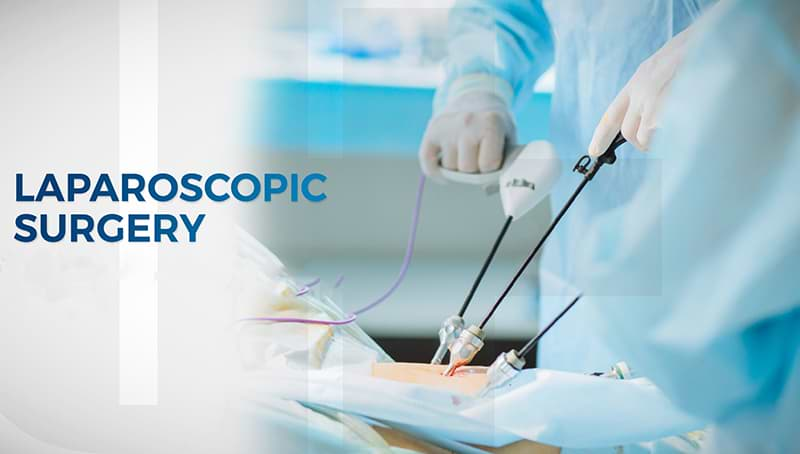 Laparoscopy is basically a surgical procedure that lets your fertility doctor see inside the abdomen. The fallopian tubes, ovaries, and the uterus of a woman are located at the bottom of the abdomen in the pelvis. Laparoscopic surgery in India is carried out to help the fertility doctor see the abnormalities that might interfere with the ability of a woman to get pregnant. The most common problems that come to light through this process include uterine fibroids, ovarian cysts, pelvic adhesions, and endometriosis.
Laparoscopy is basically a surgical procedure that lets your fertility doctor see inside the abdomen. The fallopian tubes, ovaries, and the uterus of a woman are located at the bottom of the abdomen in the pelvis. Laparoscopic surgery in India is carried out to help the fertility doctor see the abnormalities that might interfere with the ability of a woman to get pregnant. The most common problems that come to light through this process include uterine fibroids, ovarian cysts, pelvic adhesions, and endometriosis.
The procedure of laparoscopy
Now that the basic premise of this surgery has been described let’s discuss the laparoscopy procedure step by step. A thin telescope made of fiber optics gets inserted in the abdomen, generally through the belly button. Using fiber optics allows lights to be used to see inside the region. Before the insertion of the telescope, carbon dioxide is placed into the abdomen to lift the abdominal wall. The organs inside get separated a bit, and that helps the doctor to detect the issues clearly.
In case any abnormalities are noted during the process, additional instruments might be placed in the abdomen by making minor incisions at the pubic hairline to the right or left side. With the laparoscopic incision and the other incisions, a triangle forms that let the doctor perform any surgical process that is necessary. Laparoscopy is carried out using general anesthesia, which means the patient will be completely asleep during the procedure.
The advantages of laparoscopy
Now that laparoscopic surgery meaning has been explored; let’s get into its role in infertility treatments. It facilitates the diagnosis of such infertility issues that might be missed otherwise. For instance, though ultrasounds can identify severe endometriosis, identifying mild endometriosis needs laparoscopy.
It is also easier to identify pelvic adhesions through laparoscopy because these cannot be detected using CT scans, X-rays, or ultrasound. These adhesions make it difficult for a woman to conceive because the eggs are not able to properly get into the fallopian tubules during ovulation, and thus, laparoscopic surgery for infertility is the only way out
In traditional surgery, the incision made in the abdomen is a few centimeters long. This means the patient will take time to recover and will have stay in the hospital for at least two nights. However, the laparoscopy test for infertility means getting one or three small incisions of hardly a centimeter in length. The patients are usually allowed to return home the same day.
The risk factor
Generally, the risks of laparoscopy for pregnancy are the same as any other traditional surgery. Complications resulting from infections, bleeding, and anesthesia can happen for all kinds of surgery. The risk of internal organ damage is also common in all kinds of surgeries. There are no additional risks that are specific only to laparoscopy.



